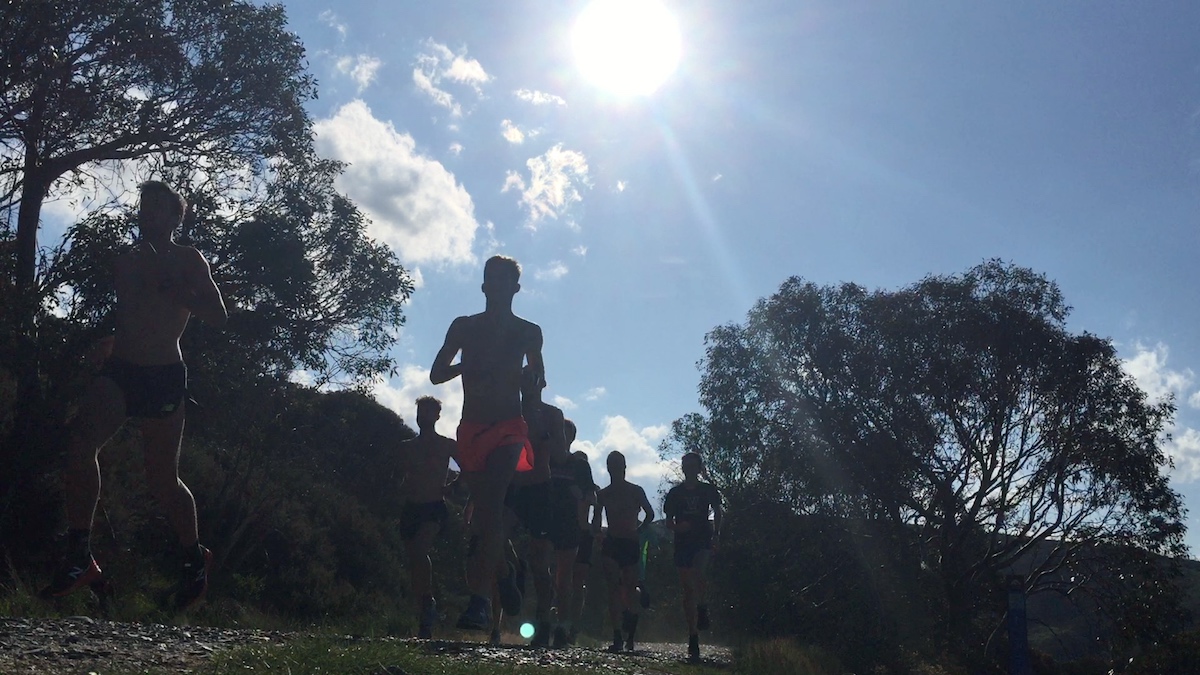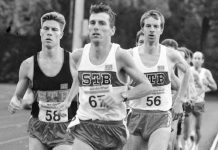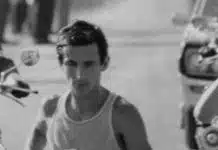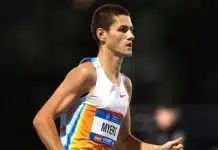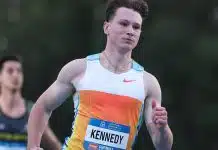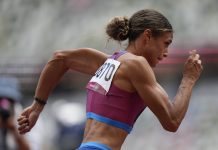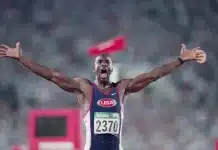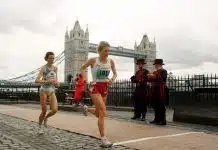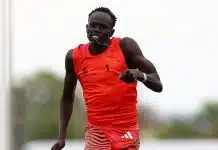Ticking over into olympic year | A Column By Len Johnson
New Year’s Eve signals the end of one year and, if you’ve got the stamina, the arrival of the next. For athletics fans, though, there’s something special about New Year’s Eve in a pre-Olympic year.
The year 2016 will not bring just any old Olympic Games, but a Games that will go for the first time to a new continent. As I wrote a couple of weeks ago, Buenos Aires lost the right to host the 1956 Olympics by just one vote to Melbourne, and it has taken another 60 years for the Games to reach South America.
Melbourne was the first Oceania host and the first in the southern hemisphere. Sydney, in 2000, was the second in both categories. With Tokyo hosting in 1964 and Seoul in 1988, once Rio 2016 has come and gone we await – and, hopefully, not too long – only the first Olympics on the African continent.
The pre-Olympic New Year first took on personal significance in 1979-80, when I spent my first prolonged stint training at Falls Creek on the edge of Victoria’s Bogong High Plains. I’d had a dip at Falls the previous year, coming up for a few days which started with a run with Bill Scott (still the fastest for a course I’ve done many times since) and ended with a ‘sickie’ from work so I could experience the Fitzy’s Hut run.

But ‘79-80 was different. It was to be an extended stay training with Chris Wardlaw in preparation for the Olympic marathon trial in Adelaide in April, 1980. At one stage, all the known major contenders for Olympic selection were training together at Falls – Scott, Wardlaw, Rob de Castella, Gerard Barrett and Dave Chettle, inspiring Geoff Slattery of The Age to come up and do a piece entitled ‘Who Will Fall by the Way’. Garry Henry was not there, but he was still on the rapid improvement curve which would take him from rank outsider to narrowly missing the Moscow team.

We trained through a Christmas-New Year marked by perfect weather, but as soon as people went home, the weather closed in and we scarcely saw the sun for the remainder of our stay. Scarcely saw anything, in fact, as the surrounding mountains and valleys were shrouded in low cloud. Our old joke about the Falls Creek weather – “you get days like this” – wore paper thin with day after day of damp, cloudy weather.
Alpine villages tend not to be bustling hives of activity even now, but things were pretty quiet of a January back then. The mid-afternoon arrival of the morning papers was as big an event as the appearance of a supply ship in Botany Bay or Port Phillip a century earlier. Milk and bread was available each day but in the main food was purchased in three or four day blocks after a drive down the mountain to Mt Beauty.

Entertainment was largely watching the cricket on television. Strangely, no matter how hot the Australian summer, it always seemed to be snowing and the picture would drop out whenever a door slammed shut. Otherwise it was so quiet that when a pin dropped someone complained about the noise.
The proposed Olympic boycott was the other major disruption that summer, one that consumed a lot of our time and energy as the Australian Olympic Federation, as it then was, first voted 6-5 to defy the Fraser government and compete in Moscow and then by a more emphatic 8-3 in response to a government push to reconsider. The boycott campaign ran from late December, 1979, when the Soviet government intervened in Afghanistan to the Queen’s Birthday long weekend in June when the AOF reaffirmed its decision to go.
The threat of Olympic boycotts has thankfully receded, but the unofficial Falls Creek training camp remains a feature of pre-Olympic, and all other, summers.
On the last day of 2015, there were around 140 athletes doing the session of 400s on the grassy aqueducts near Langfords Gap. Participants ranged from Olympians all the way down to joggers.
Such numbers call for a traffic management plan: it’s strictly keep to the left with the middle of the single vehicle-width track offering limited opportunities for passing. It’s good middle-distance race simulation – you must pick the right moment and move decisively. Some things haven’t changed much from almost 40 years ago, however. You still hope there’s a few Rio Olympians among the crowd.
The other thing the New Year period brings is assessment of the previous 12 months. My personal favourite remains the various ranking lists, headed by those put out by Track & Field News, which started the whole thing back in the late 1940s.
In this internet change, T&FN teases us by releasing the rankings in serial fashion. At the time of writing, the overall men’s and women’s athletes of the year have been announced. Ashton Eaton became the first multi-eventer since 1968 to be voted male AOY, edging out fellow-American, triple-jumper Christian Taylor, with Usain Bolt in third place.
Genzebe Dibaba’s fabulous world record at 1500 metres (and gold medal, backed up by a bronze medal at 5000), made her a narrow choice as female AOY ahead of world-record setting hammer thrower Anita Wlodarcyzk and sprinter Dafne Schippers.
No doubt all six will be aiming to feature just as highly in the Olympic year.


